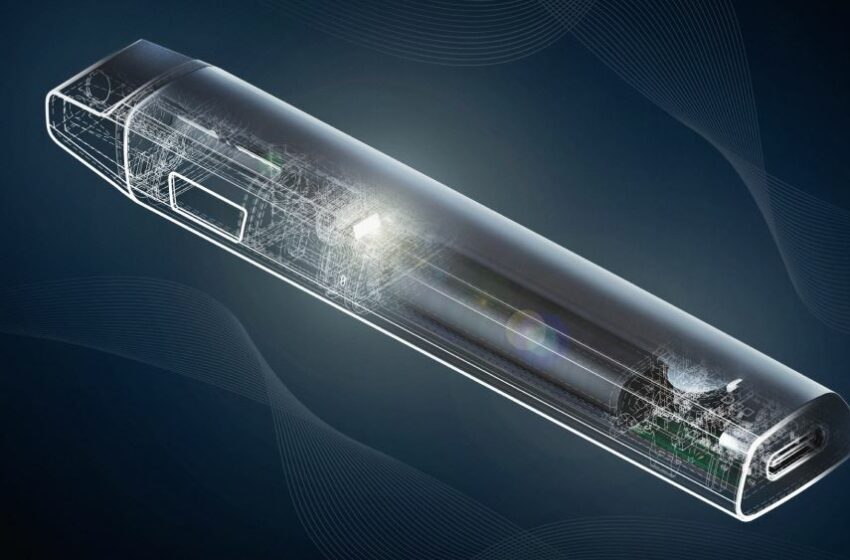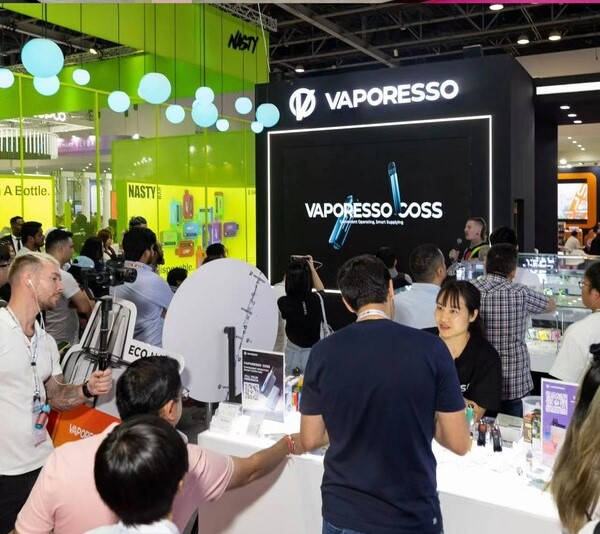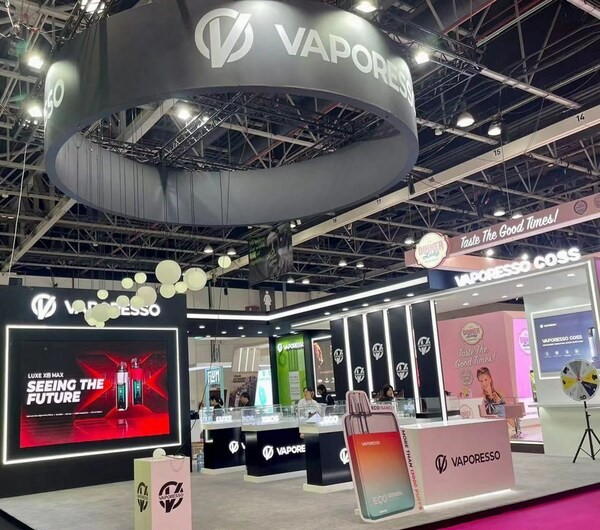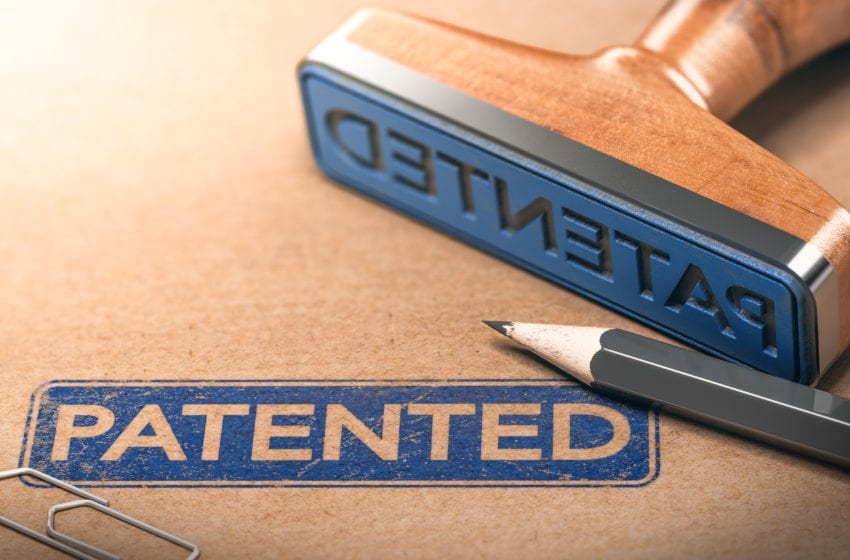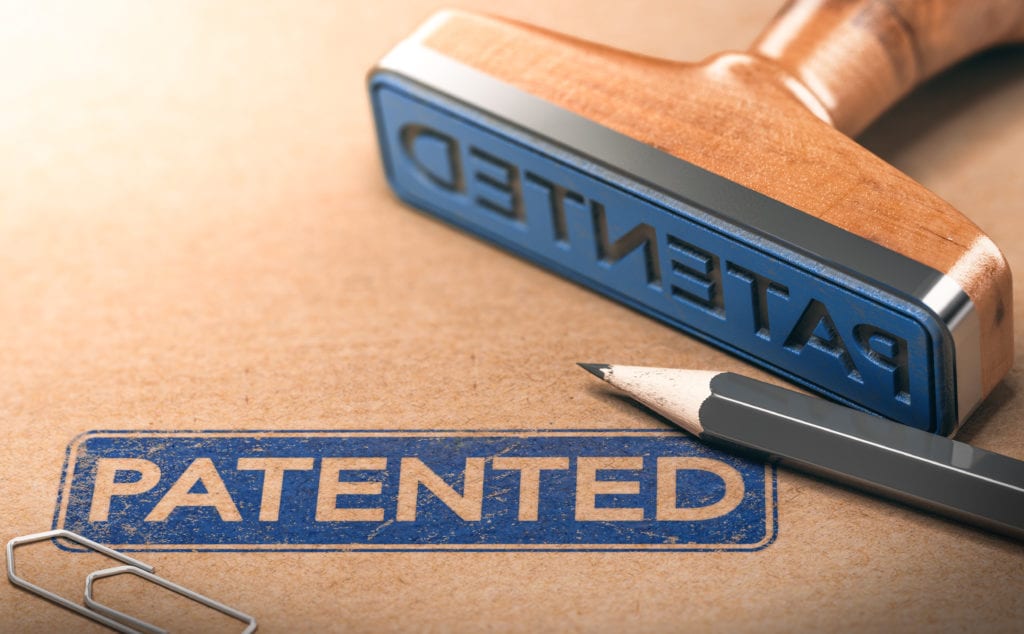
Ispire Technology and IKE Tech announced a successful pre-premarket tobacco product application (PMTA) meeting with the U.S. Food and Drug Administration’s Center for Tobacco Products (CTP) for their age verification technology for electronic nicotine delivery systems (ENDS).
According to an e-mailed release, the technology aims to prevent youth access while expanding adult market access to flavored PMTA-authorized products. IKE Tech is a joint venture among three leading technology and research companies Ispire and Touch Point Worldwide d/b/a Berify and Chemular Inc.
IKE Tech will submit a component PMTA, which would allow ENDS manufacturers to incorporate their blockchain-based age-gating solution if authorized. The FDA indicated potential priority review consideration and acceptance of a component PMTA. The company plans to complete the required studies in Q1 2025.
This critical regulatory milestone marks an essential step in the journey to provide an innovative, secure universal solution aimed at preventing youth access to ENDS and expanding the market for adults who choose to use flavored PMTA-authorized products, according to the release.
“The IKE Tech identity and age verification technology unlocks opportunities for adults who choose to use flavored vapor products while introducing a pioneering approach to reducing youth access and usage,” the release states.
Due to its innovative design, reliance on blockchain technology, and partnership with leading identity and age verification providers, the IKE Tech system is an advanced component that could be used — in any ENDS device — to ensure only authorized adult users can access vaping products.
FDA alignment on key points:
- Component PMTA: IKE Tech will submit a PMTA for a component, as opposed to a finished tobacco product to be sold to consumers, and the FDA indicated it will accept such a component PMTA if all statutory requirements are met. Additionally, due to the fact this component employs novel point-of-use technology, the FDA indicated it will consider a request to grant the IKE Tech system priority review. If authorized, the component PMTA would allow ENDS manufacturers to use the IKE Tech system in their finished tobacco product PMTAs, as a plug-and-play age-gating solution, which may allow for the approval of a variety of flavored ENDS products.
- Creation of Tobacco Product Master File (TPMF): IKE will create and file a TPMF for the IKE component. Once authorized, the component and TPMF can, subject to agreement, be available to ENDS device manufacturers for incorporation into products.
IKE Tech anticipates completing the required studies for the component PMTA for the IKE Tech system, including the Identity and Age Verification component in Q1 2025.
“Our commitment to harm reduction through innovation and our collaborative efforts with regulators are central to Ispire’s mission,” said Michael Wang, Co-CEO of Ispire. “We are proud to introduce technologies that are designed to responsibly support adult consumer choice while significantly reducing youth access. This technology represents our dedication to aligning with regulatory guidance and setting new standards for safer






